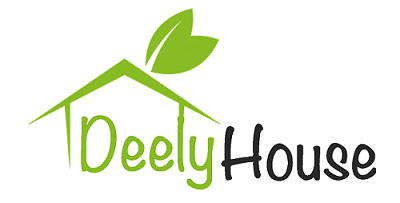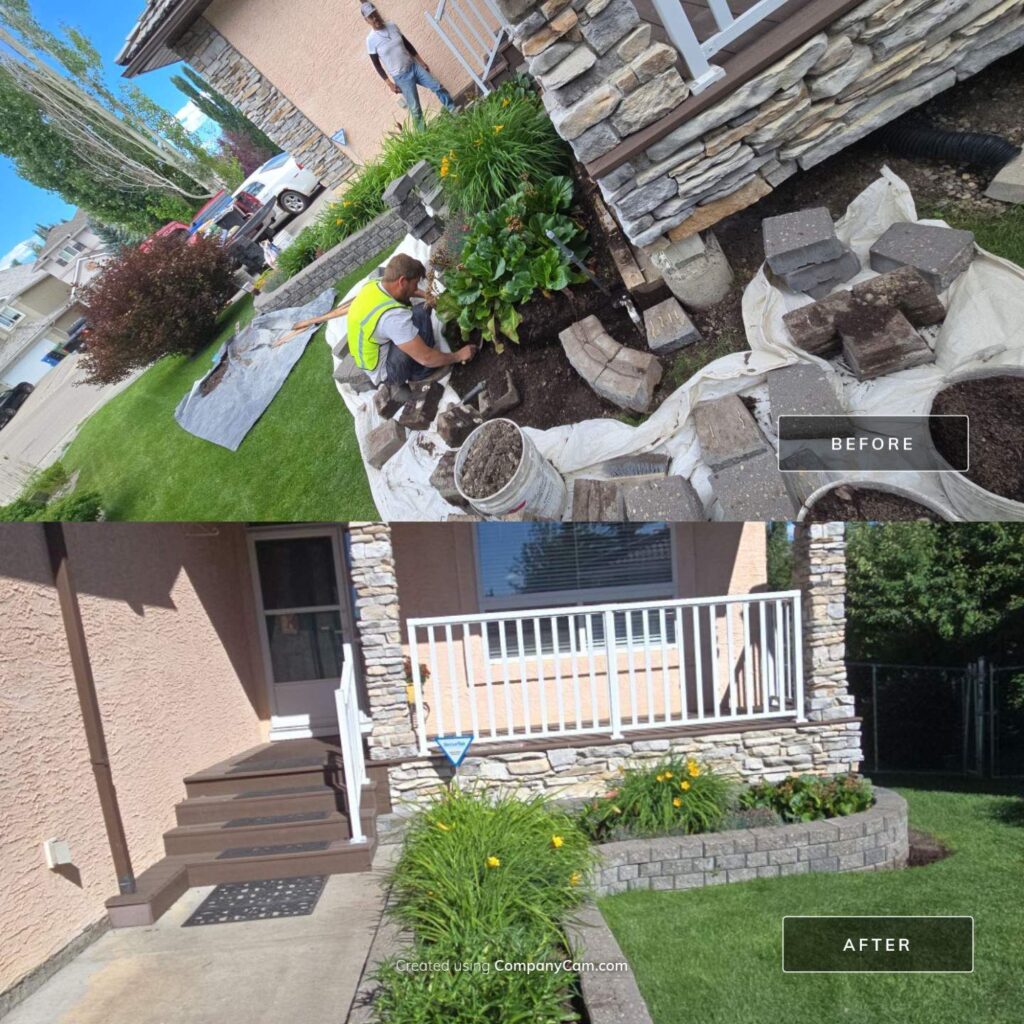Highlights:
Stone exteriors lose their original appearance through weathering, biological colonisation, and environmental contamination, affecting everything from your chimney and retaining walls to decorative garden features. Professional restoration techniques offer a cost-effective alternative to replacement while preserving the architectural character that makes natural stone so valuable.
Key Benefits:
- Extended service life: From 25-30 years to 50-75 years with proper restoration
- Cost savings: Restoration costs CA$15-45/sq ft vs replacement at CA$60-180/sq ft
- Performance improvement: 85-95% reduction in water absorption
- Property value: 8-15% increase for restored stone facades
- Energy efficiency: 5-12% improvement through sealed surfaces
Common Applications:
- Chimney restoration and repointing
- Stone fireplace and outdoor kitchen repair
- Retaining wall and garden feature renewal
- Foundation stone rehabilitation
- Decorative stonework maintenance
What’s Damaging Your Masonry?
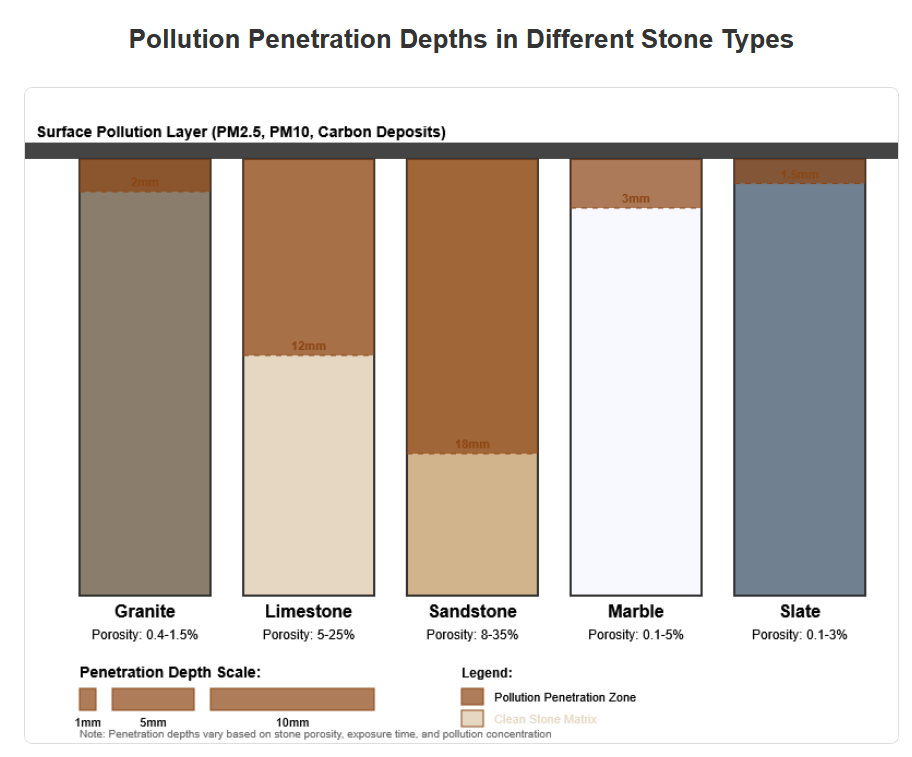
Understanding why your stone looks aged helps you choose the right restoration approach. We see three main culprits attacking stone surfaces throughout Alberta.
Weather Damage Calgary’s harsh climate creates the perfect storm for stone deterioration. Freeze-thaw cycles generate over 2,000 PSI of internal pressure—imagine that happening 60-80 times each winter in your chimney, stone steps, and foundation walls. Daily temperature swings from -40°C to +35°C cause micro-cracking, while UV radiation breaks down stone minerals over time.
Biological Growth Green and black staining on your stone isn’t just ugly—it’s acidic. Algae, moss, and lichens produce acids that literally etch stone surfaces, particularly on north-facing chimney walls, shaded retaining walls, and areas around stone planters where moisture collects.
Pollution and Salt Damage Vehicle exhaust creates black crusts on stone mailbox posts and driveway pillars, while road salt crystallization destroys stone walkways and pool coping. These contaminants embed deep into porous stone, requiring specialized removal techniques.
Stone Types and What to Expect After Getting Them Installed to Your Home/Business
Hard Stones (Granite, Quartzite) These dense stones resist damage but cost more to restore when problems develop. Expect restoration costs of CA$12-22 per square foot for basic cleaning, up to CA$45 per square foot for comprehensive work.
Soft Stones (Limestone, Sandstone) More porous and easier to damage, but also easier to restore. Rundle limestone from Canmore quarries appears in many Calgary homes. Basic restoration runs CA$8-15 per square foot, though high porosity requires specialized sealers.
Metamorphic Stones (Marble, Slate) Marble offers excellent restoration potential but requires careful chemical selection. Slate’s layered structure needs specific techniques to avoid delamination.
DIY Assessment and Basic Maintenance
What You Can Do Yourself
Monthly Visual Inspections Walk around your property looking for new stains, cracks, or biological growth on chimneys, foundation walls, and decorative features. Take photos to track changes over time.
Gentle Cleaning Use stone-specific cleaners (pH 6-8) with soft bristle brushes. Never use household cleaners, bleach, or wire brushes. Always test cleaning products on hidden areas first.
Immediate Stain Treatment Address spills and stains within 24-48 hours. Oil stains respond to absorbent materials like cat litter, while organic stains need hydrogen peroxide-based cleaners designed for stone.
Drainage Management Ensure gutters direct water away from stone surfaces. Trim vegetation to promote air circulation—maintain at least 18 inches clearance from stone walls to prevent moisture buildup and biological growth.
When to Call Professionals
Stop DIY efforts and call experts when you see: • Structural cracks exceeding 3mm in chimneys or load-bearing columns • White crystalline deposits (efflorescence) on basement walls or foundation stones • Spalling or flaking deeper than 5mm on window sills or patio edges • Water stains appearing on interior walls near stone features • Biological growth covering more than 25% of surface area
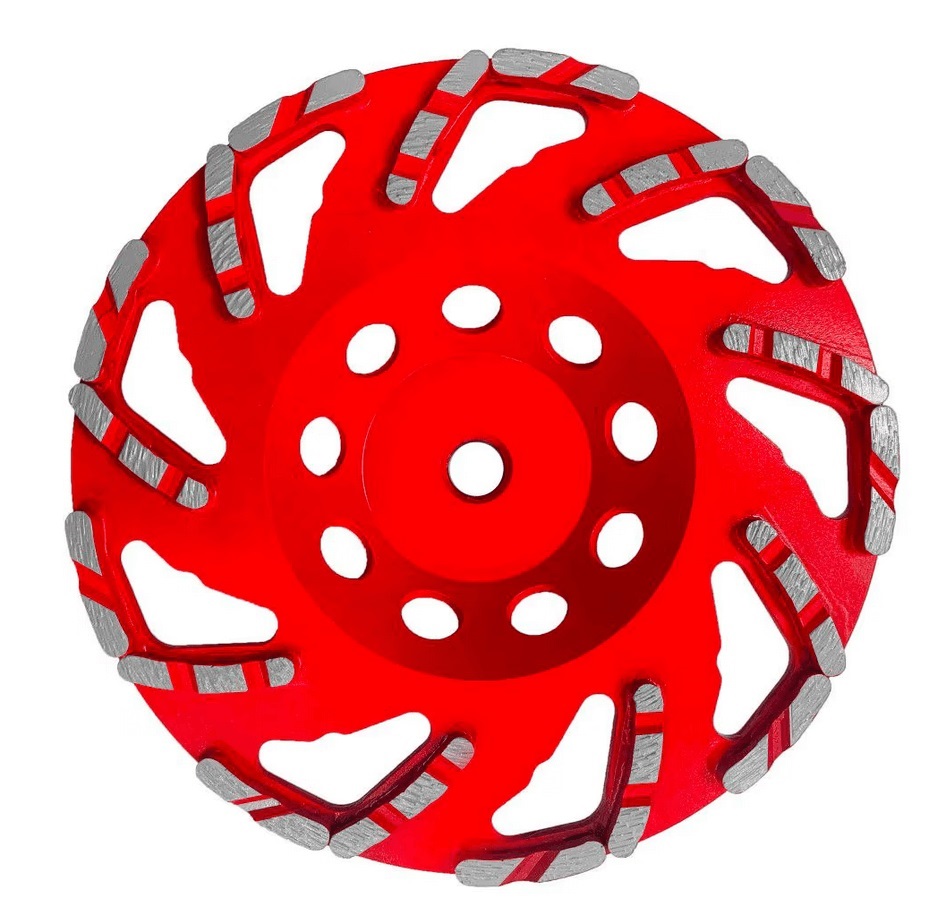
Professional Restoration Process
Phase 1: Deep Cleaning Professional cleaning uses specialized equipment and techniques you can’t replicate at home. We apply biocides at precise concentrations (0.1-0.5%) with 24-48 hour dwell times for complete organism kill. Chemical cleaning systems target specific contamination types—alkaline cleaners for organic soiling, mild acids for mineral deposits.
Phase 2: Surface Restoration Diamond grinding removes 0.5-2mm of damaged material using progressively finer grits (30-3000). This process restores original surface texture and removes embedded stains that cleaning cannot address.
Crack Repair Structural cracks get two-part epoxy injection (4,000-8,000 PSI strength), while surface cracks receive penetrating consolidants. Color-matched repair mortars ensure invisible repairs on fireplaces and decorative elements.
Phase 3: Protection Professional sealers provide 10-15 years of protection. Siloxane sealers penetrate 2-5mm deep, while fluoropolymer treatments create superior water repellency. Properly applied sealers reduce water absorption by 85-95%.
Credits || HomeDepot
Alberta-Specific Considerations
Climate Challenges Southern Alberta’s 60-80 annual freeze-thaw cycles demand robust protection. Extreme temperature ranges stress stone joints, while moderate humidity (45-65%) supports biological growth during warm months.
Local Stone Performance Rundle limestone from Exshaw Formation quarries performs well with proper sealing. Paskapoo sandstone requires aggressive sealing due to high porosity. Imported granite handles Alberta conditions excellently, but needs thermal expansion accommodation.
Regional Pricing Basic cleaning and sealing: CA$8-22 per square foot Comprehensive restoration: CA$25-65 per square foot Heritage work: CA$50-120 per square foot Annual maintenance: CA$2-5 per square foot
Natural vs Manufactured Stone: A Restoration Perspective
Why Natural Stone Restores Better Natural stone maintains consistent colour throughout. When damaged, restoration reveals the same material underneath. Manufactured stone shows white cement cores when damaged, limiting repair options.
Cleaning Differences Natural stone responds to acid washing, returning to its original colour. Manufactured stone cannot handle aggressive cleaning—acid washing will destroy the surface coating.
Longevity Comparison Natural stone installations last 50-75 years with restoration. Manufactured stone requires replacement every 10-15 years. Most Calgary repair calls involve manufactured stone, especially around garage walls where snow accumulates.
Cost Reality Natural stone costs CA$5-6 more per square foot initially, but delivers nearly double the lifespan. Factor in maintenance costs, and natural stone provides superior long-term value.
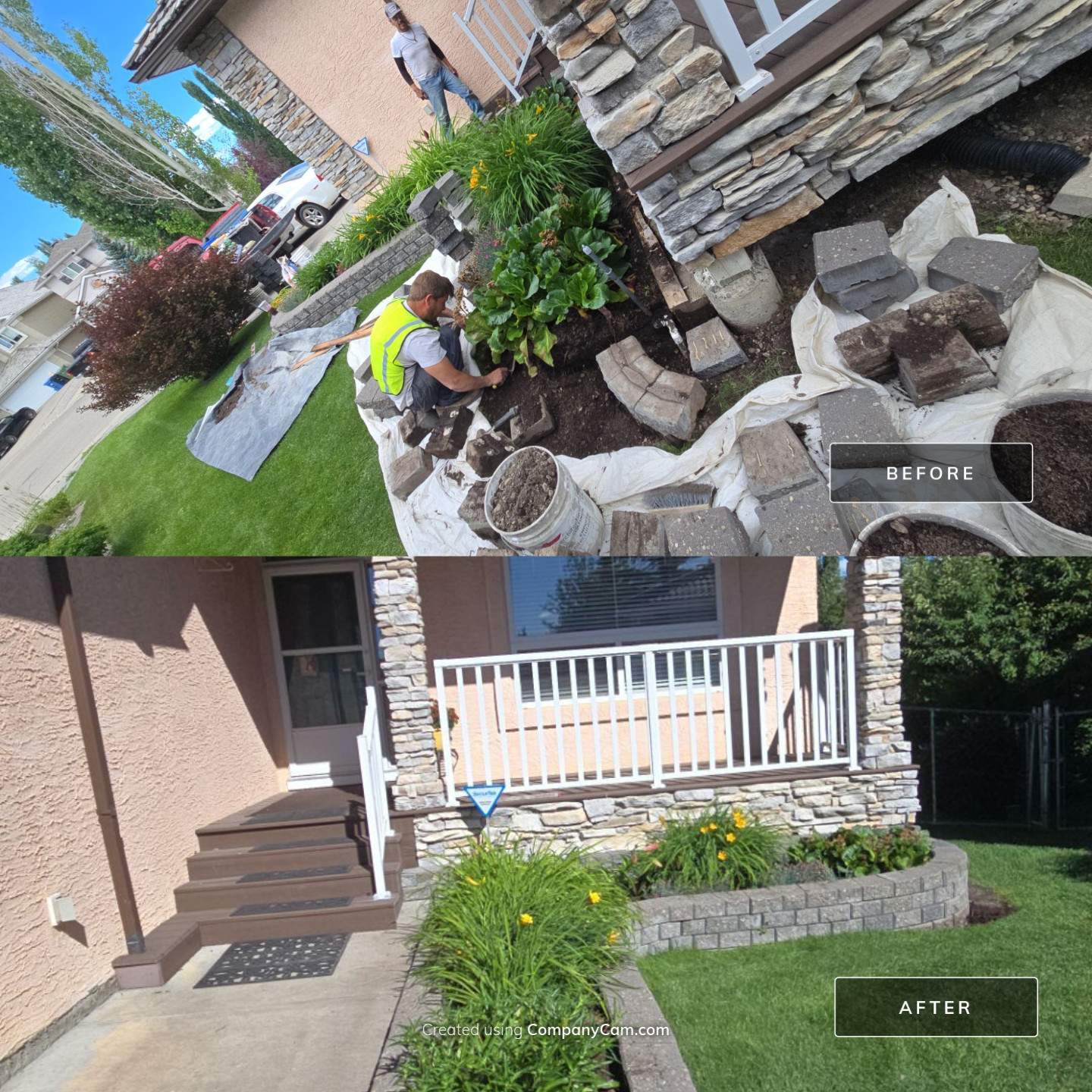
Practical Maintenance Schedule
What Homeowners Should Do
Spring Checklist (April-May)
- Inspect stone features after winter damage
- Clean away salt residue from walkways and driveways
- Check for new cracks in chimneys and foundations
- Remove biological growth before it establishes
Summer Maintenance (June-August) • Deep clean stone surfaces during warm, dry weather • Apply spot treatments to new stains • Trim vegetation around stone features • Check and maintain drainage systems
Fall Preparation (September-October)
- Final inspection before winter
- Seal any minor cracks before freeze-thaw
- Clear gutters and ensure proper water diversion
- Professional assessment every 2-3 years
Winter Protection (November-March)
- Avoid piling snow against stone walls
- Use calcium chloride instead of sodium chloride for ice control
- Monitor for ice dam formation near stone features
- Address emergency repairs immediately
Cost Analysis and ROI
Investment Ranges Professional restoration costs 15-25% of full replacement while delivering comparable results. A typical 500 square foot stone facade costs CA$7,500-22,500 to restore versus CA$30,000-90,000 to replace.
Return on Investment
- Property value increase: 8-15% for restored facades
- Maintenance reduction: 60-75% over 20 years
- Energy savings: 5-12% through proper sealing
- Insurance benefits: 3-8% premium reductions (subject to you reaching out to your insurance carrier and letting them know!)
Long-term Savings Proper restoration extends stone life from 25-30 years to 50-75 years. Annual maintenance costs drop from CA$1,500-3,000 for deteriorating stone to CA$500-1,000 for properly restored surfaces.
Quality Assurance
Professional Standards Reputable contractors provide detailed specifications, test panels, and performance warranties. Look for water penetration testing results and sealer performance guarantees.

Documentation Requirements
- Before/after photography
- Materials specifications and safety data
- Test panel results
- 5-10 year warranty coverage (at a minimum)
Red Flags to Avoid
- Contractors who skip test panels
- Unusually low bids (often 40%+ below market)
- Pressure to sign immediately
- No local references or physical address
- Reluctance to provide detailed specifications
The Conclusion: It’s Worth It!
Stone restoration delivers measurable performance improvements while preserving architectural heritage. Success depends on accurate assessment, appropriate techniques, and realistic expectations about timing and costs.
Professional restoration provides superior long-term value compared to replacement, maintaining authentic character while extending service life by decades. Regular maintenance following restoration ensures continued performance and appearance.
Whether managing restoration yourself or hiring professionals, understanding your stone’s specific needs and local climate challenges ensures optimal results. Investment in proper restoration techniques today prevents costly emergency repairs tomorrow while preserving the natural beauty that makes stone architecturally significant.
The key to successful stone restoration lies in matching techniques to materials, understanding local conditions, and maintaining realistic expectations about costs and timelines. Done properly, restored stone can serve future generations while maintaining the timeless appeal that makes natural stone a premium building material.
